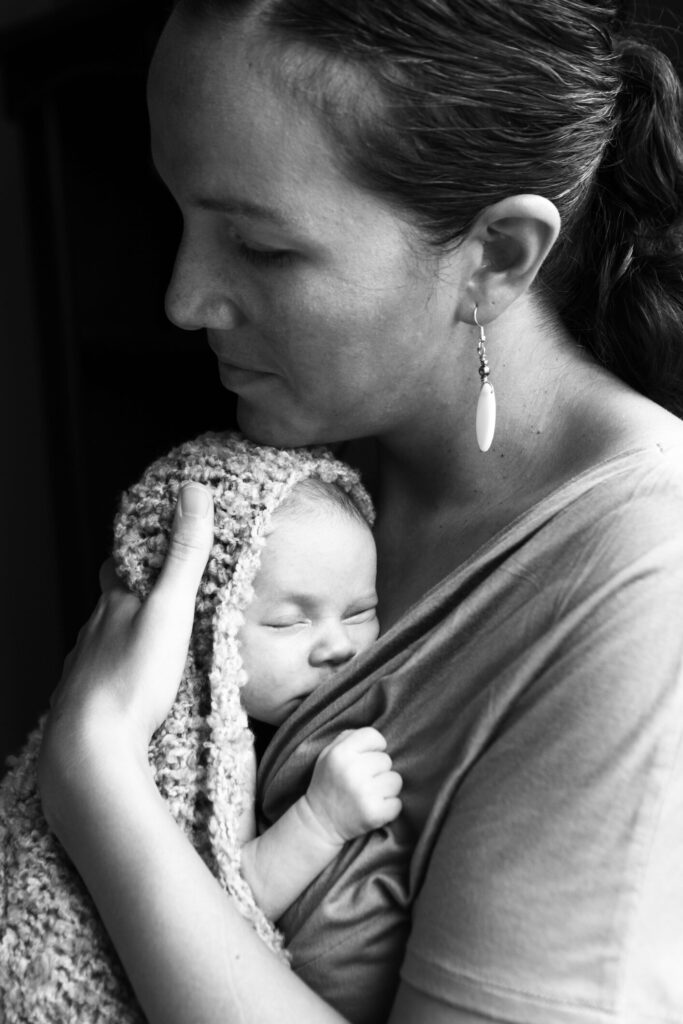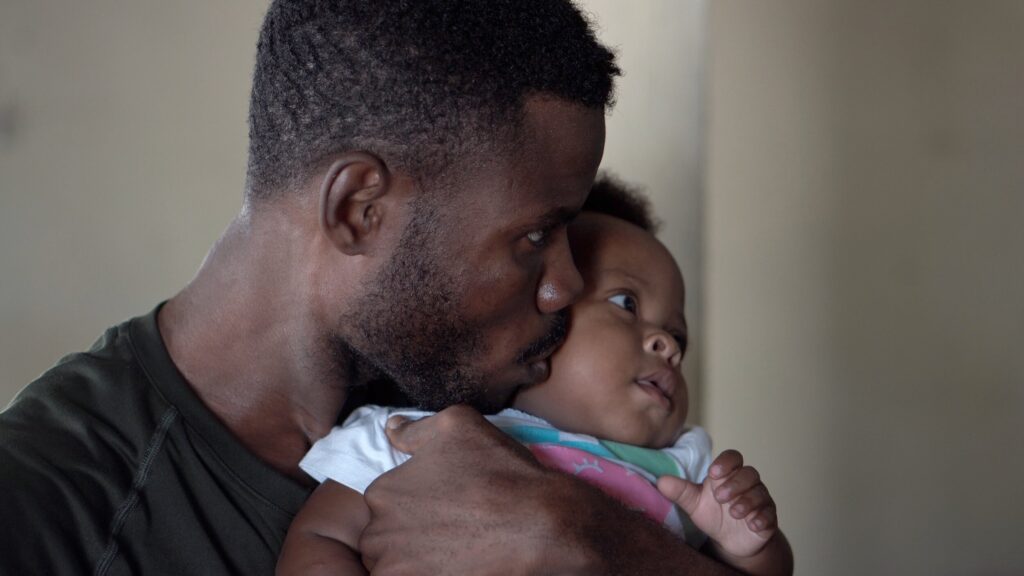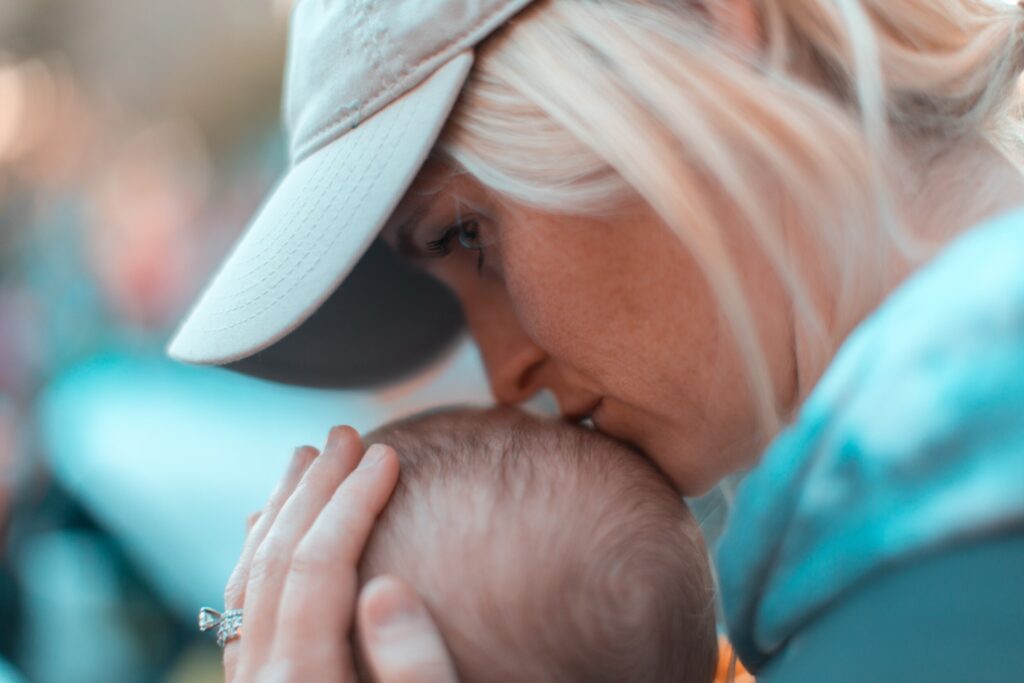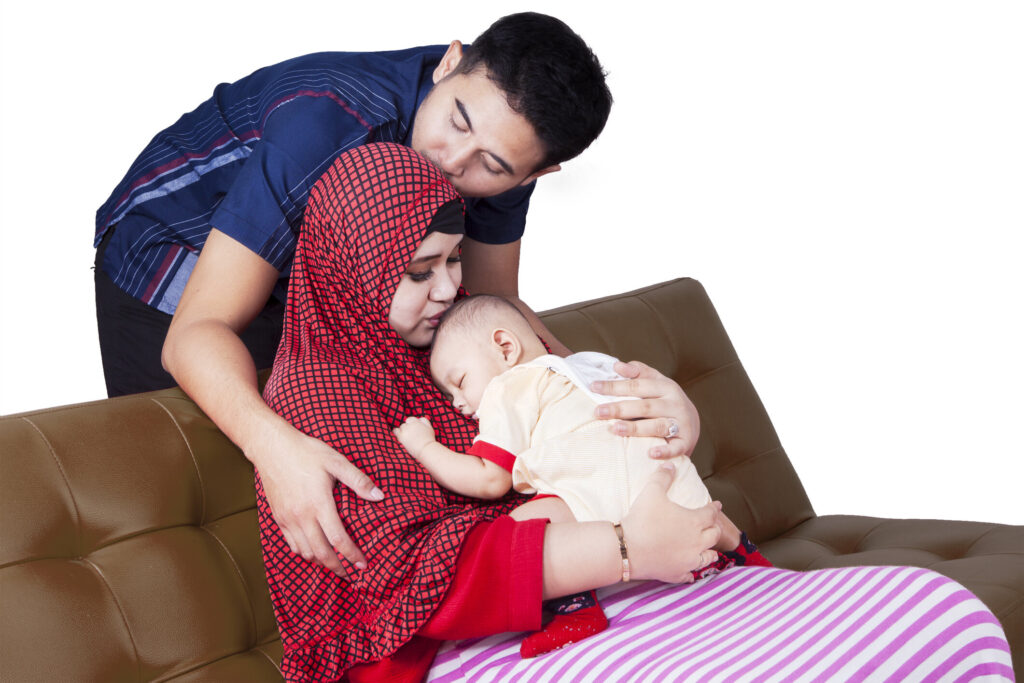
Some women have very clear ideas about the number of children they hope to have and the amount of time they would like to have between their children. Others are unsure about birth spacing, and others prefer to go with whatever happens. And there are many shades of grey in between! Clinical recommendations for birth spacing (interpregnancy intervals) have changed over time, recognizing that women who are older (later 30s / early 40s) may be navigating different trade-offs than women who are younger. Additionally, women who experience a pregnancy loss should talk with their health care provider on spacing recommendations to determine the best next steps.
In general, there is evidence that pregnancies spaced less than 6 months apart (from delivery of one baby to the conception of another) are at greater risk for challenges including higher expenses and financial strain as well as increased stress on parents’ relationship. Older siblings are at risk for learning and behavior problems and it can be challenging for parents to take care of more than one young child at a time. Mothers are at risk for third trimester bleeding, uterine rupture, and for stress and postpartum depression in their next pregnancy. Babies are at increased risk for preterm birth, low birth weight, being small for their gestational age and increased risk of Sudden Infant Death Syndrome (SIDS). These health issues will vary based on your health, age and family situation.
Overall, it is recommended to have at least 12 to 18 months between pregnancies (from the birth of one baby to conception of the next). This interpregnancy interval spacing gives women’s bodies time to heal, helps with exclusive and continued breastfeeding, and gives families more time to adjust to each other and grow.
Information that May be Helpful:
- Women are physically able to get pregnant as early as a few weeks after birth – even before their first period. This is especially true if they are not exclusively breastfeeding your baby.
- Fertility awareness is free and a reliable way to know your body, but it can be challenging to track your monthly cycle to know when you could get pregnant, before your cycle returns consistently. When your period first comes back, counting the days in your cycle might not be reliable at first. Give your body a few months to get back to normal.
- Emergency contraception like Plan B are available if you didn’t use a contraception method as intended.
- Pregnancy in the early postpartum period is common – one in 12 women become pregnant again less than six months after delivering their baby.
- Though it is less likely that you will become pregnant if you have sex during your period, sperm can live for up to five days inside of a woman, so you can still become pregnant.
- It can be difficult to navigate conversations with your partner about sex, particularly if there are power imbalances in your relationship or you otherwise feel pressured. Your safety matters. Talk together and perhaps also with trusted others for support. You may also want to read the partners section of our website.
- There are many forms of closeness and intimacy, including outside of intercourse that can be sexually satisfying.
Resources to Explore:
